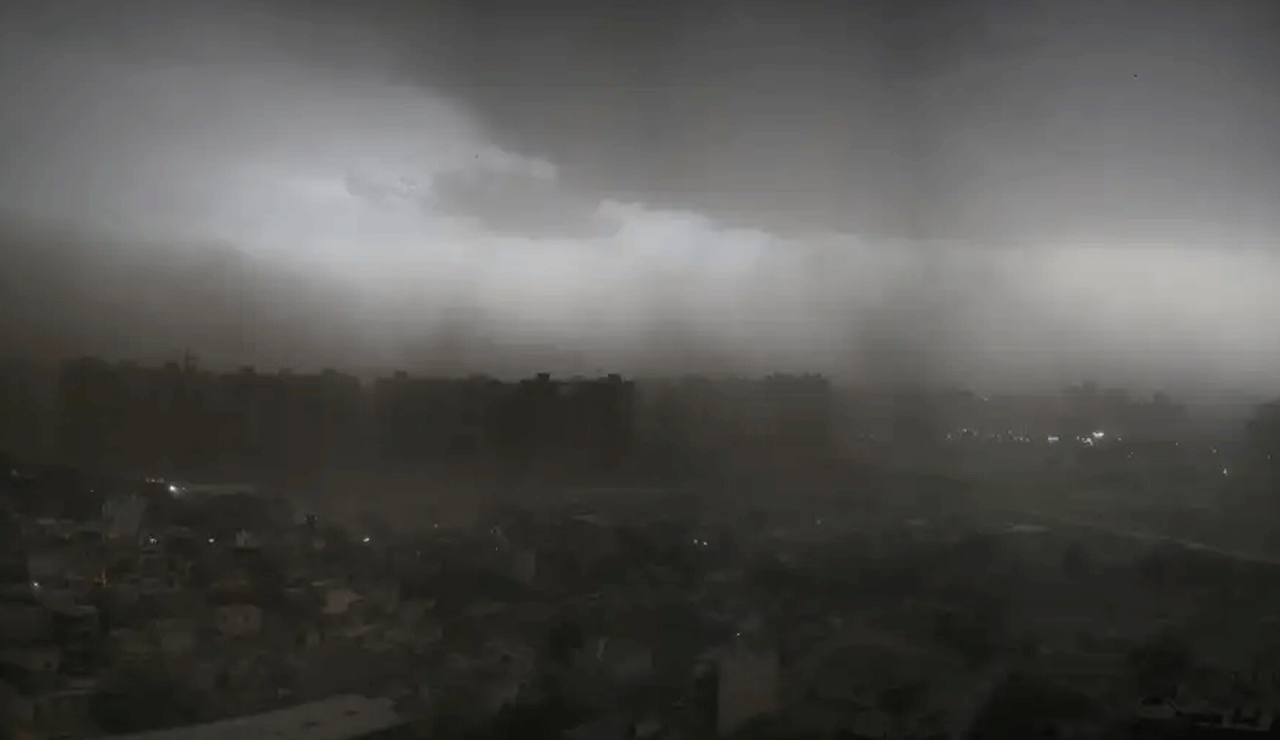Historic Windstorm Hits Beijing: Airports Disrupted; Orange Alert Issued
Severe weather brought by a powerful cold vortex over Mongolia has caused widespread disruption in Beijing and parts of northern China, prompting flight cancellations, train suspensions, and temporary closures of major tourist attractions, state media reported.

Beijing: Severe weather brought by a powerful cold vortex over Mongolia has caused widespread disruption in Beijing and parts of northern China, prompting flight cancellations, train suspensions, and temporary closures of major tourist attractions, state media reported.
Table of Contents
Cold Vortex Triggers Historic Wind Gusts Across Northern China
According to the China Meteorological Administration (CMA), the extreme wind conditions were caused by a cold vortex system that moved from Mongolia into northern China. The CMA warned that wind speeds in some areas may surpass historical records for April since 1951.
“The strongest winds are expected during the daytime of April 12,” said the CMA.
693 Flights Cancelled at Beijing Airports Amid Extreme Weather
Beijing issued an orange alert — the second-highest level — for strong winds, marking the first time in a decade the alert has been used. As of 2:00 pm local time, a total of 693 flights were cancelled at Beijing Capital and Daxing International Airports.
Also Read: President Must Act Within 3 Months on Bills Forwarded by Governors: SC
Rail and Subway Services Suspended for Safety
Multiple train and subway lines, including the Beijing Airport Express and certain high-speed rail routes, were suspended temporarily due to safety concerns, according to CCTV.
Major Tourist Sites Shut Down in Response
Strong winds also forced the temporary closure of iconic tourist destinations such as:
- Summer Palace
- Temple of Heaven
- Beijing Zoo
- Universal Studios Beijing
These closures are part of emergency safety protocols as visibility drops and flying debris poses risks.
Climate Change, Sandstorms & China’s Environmental Challenge
Northern China, particularly areas near the Gobi and Taklamakan Deserts, is prone to strong winds and sandstorms, worsened by climate change. While China has invested heavily in reducing the impact of sandstorms, these weather events continue to disrupt daily life.
The country’s carbon emissions, the highest globally, are believed to contribute to the increase in extreme weather patterns, scientists say. In the past year, China experienced deadly floods and infrastructure collapse due to prolonged rains, highlighting the growing challenge.
